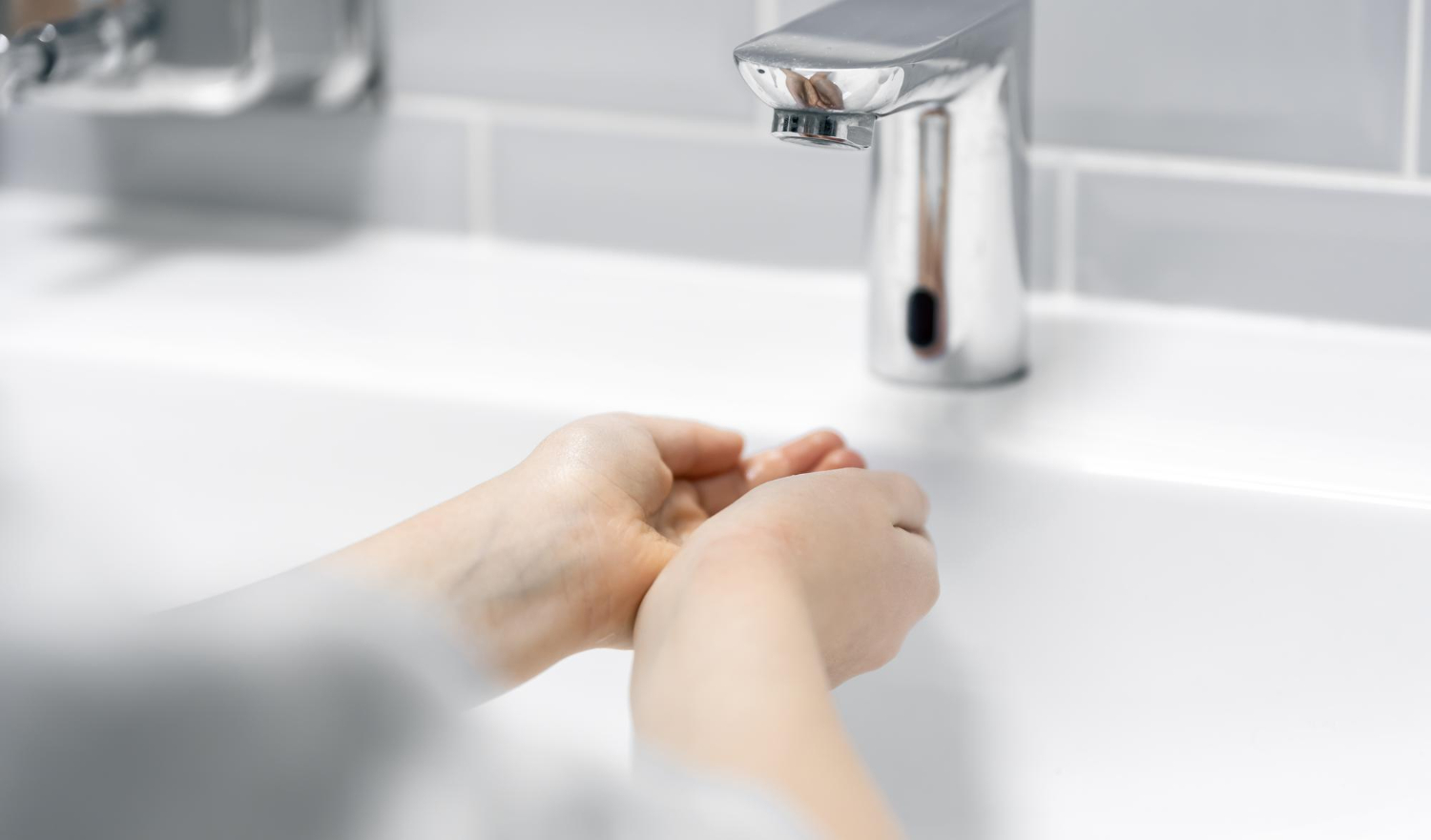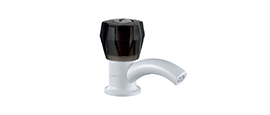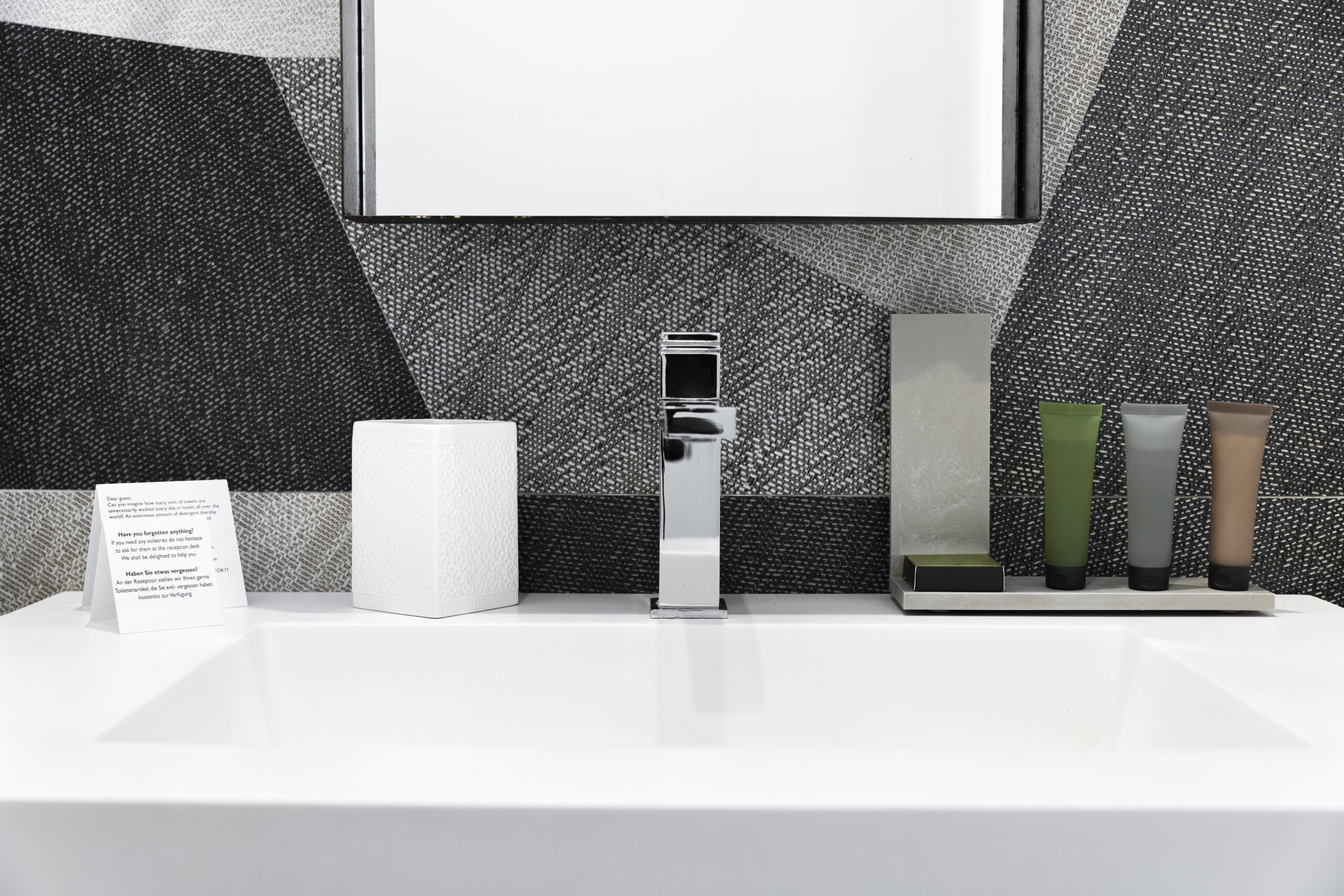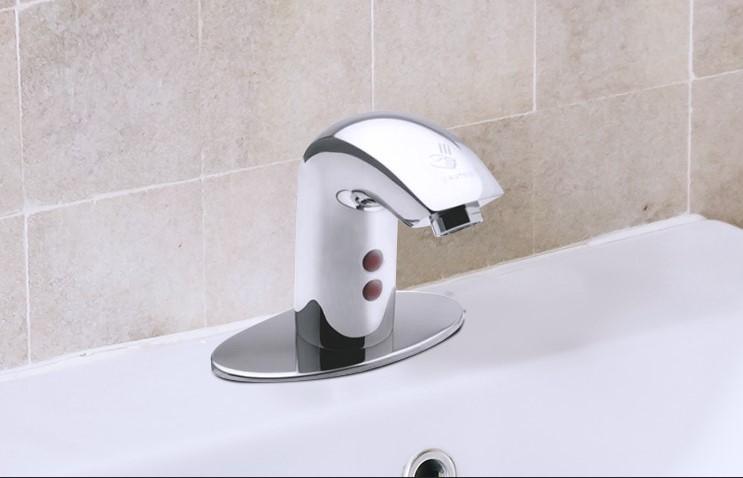A Beginner’s Guide To Installing Sensor Taps: What You Need To Know

Sensor taps have become increasingly popular due to their hygienic and convenient features. With their motion sensors, these faucets for bathrooms and kitchen faucets can detect the presence of hands, making them suitable for households or commercial facilities. In this guide, we will cover the benefits of sensor taps, tips for choosing the right one, and a complete installation tutorial.
Advantages Of Sensor Taps
Hygiene
One of their main advantages is that sensor taps promote hygiene in the kitchen or bathroom. Bacteria or germs are less likely to spread because they don’t require physical contact.
Water Conservation
Another advantage of sensor taps is that they help save water. Traditional faucets often waste water by running continuously, but touchless faucets only run when needed, reducing water usage and, in turn, water bills.
Ease Of Use
The use of sensor taps is likewise quite simple. A sensor in the tap activates the water when a person places their hands underneath it. Therefore, they are a fantastic option for anyone with disabilities or mobility issues.
Prevent Water Damage
For example, they can help prevent water damage caused by leaving the tap running, especially in commercial settings where high water usage volumes are common. They are also a great way to teach children good hygiene habits by making hand washing more fun and interactive.
Low Maintenance
Sensor faucets are also low maintenance when it comes to cleaning. Due to their minimal moving parts, these taps are less prone to breakdowns or repairs. Moreover, they accumulate less dirt and grime than traditional taps, making it easier to maintain cleanliness and hygiene.
Location
Another important consideration when installing sensor taps is the location. We always consider that these faucets should be installed in bathrooms and kitchens, but you can also place them in places like hospitals and schools where maintaining cleanliness is a priority. By limiting the spread of germs or bacteria in specific situations, these fixtures can help create a healthier atmosphere.
How To Select The Best Sensor Taps
Type Of Sensor
Two types of sensors are available in sensor taps: infrared and proximity. Infrared sensors detect body heat, while proximity sensors detect motion. Consider which type of sensor will be the most convenient for your application.
Power Source
Sensor taps require a power source to operate. Some use batteries, while others use AC power. Consider which power source is most convenient for your needs and location.
Flow Rate
The flow rate is the volume of water that comes out of the tap per minute. It’s crucial to pick a sensor tap with a flow rate appropriate to your requirements.
Style
Sensor taps are available in various styles and finishes, from sleek modern designs to more traditional ones. Consider which style will complement your kitchen or bathroom decor.
Price
Sensors’ taps come in various price points depending on the functionality and quality. Budget considerations should be made while selecting a sensor tap. Consider purchasing a high-quality fixture to save money on maintenance and water usage in the long run.
Materials
Sensor taps are created using various materials, including brass, chrome, and stainless steel. Weighing the advantages and disadvantages of each material is essential because it can impact cost, upkeep, and durability.
Warranty And Brand
To guarantee the quality of the products and the customer service in the event of problems, choose a reputed brand that gives a warranty.
Here Are Some, Installation Instructions For Sensor Taps
Having chosen the ideal sensor taps for your requirements, let’s look at the installation procedure:
Step 1: Turn Off The Water Supply
Before installing your new sensor tap, turn off the water supply to the existing fixture. You can turn the shut-off valves under the sink or shut off the main water supply.
Step 2: Remove The Old Tap In Step Two
By releasing the nuts holding the old tap, you can remove it after the water supply has been cut off. First, loosen the nuts using a wrench or pair of pliers to remove the tap.
Step 3: Install The Sensor Tap In Step Three
The new sensor tap must now be installed. Start by screwing the mounting hardware onto the countertop or sink. Following the manufacturer’s directions, connect the water supply lines to the tap.
Step 4: Check The Tap
- After installing the sensor tap
- Turn the water supply back on before checking the fixture.
- To test the sensor’s functionality, please place your hands under the tap.
- In case of any problems, kindly consult the instructions provided by the manufacturer or seek assistance from a certified plumber.
Step 5: Enjoy Your New Sensor Tap
Congratulations, you’ve successfully installed your new sensor tap! Enjoy touchless technology’s convenience, hygiene, and water-saving benefits in your kitchen or bathroom.
In Summary
Any residential or business building would benefit significantly from investing in sensor taps. They offer a practical, hygienic, and water-saving choice for routine use. When choosing one for your needs, consider the sensor type, power supply, flow rate, and style. And if you have no experience installing the tap, contact a professional plumber or visit the brand Jal Bath Fittings. By following the step-by-step installation guide and considering the advantages of sensor taps, you can choose and install a fixture that suits your needs and enjoy its benefits.
















